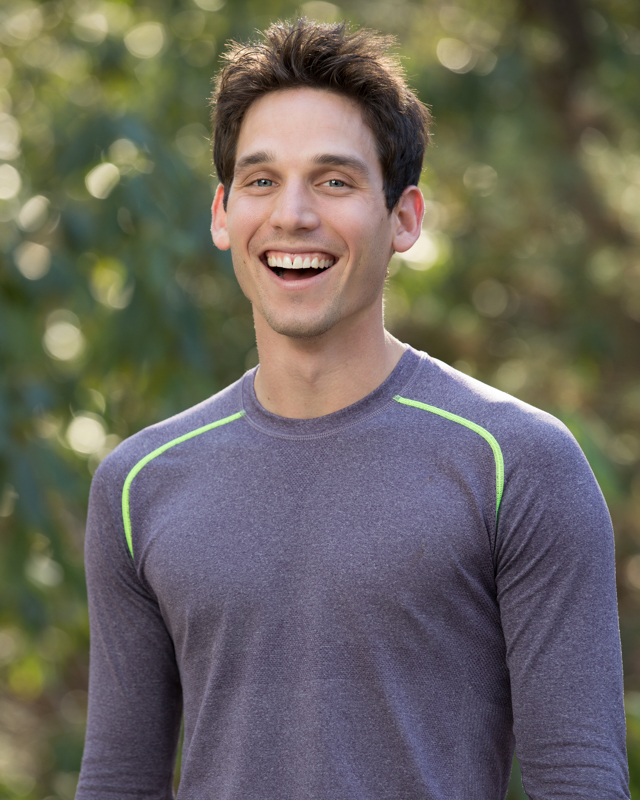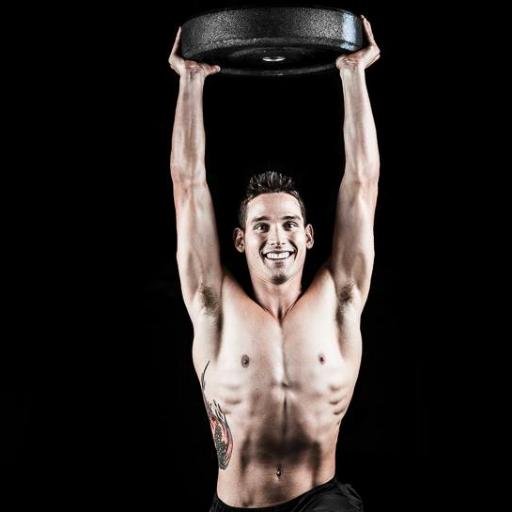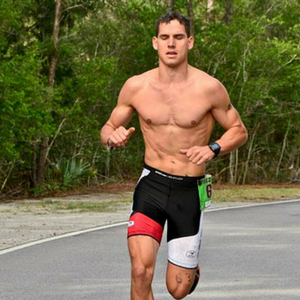By Jeff Ford
A training plan with less time & more varied intensity can achieve great results

Often times as humans, we fall into believing that there is only one way to get results. Whether it is in endurance sports, weight loss or improving at a specific talent you assume the more you do it, the better you’ll get. Well of course to get better at swim, bike or run you have to do all three of those things, but to the degree of how much time needs to be allotted is always up to you. Our initial instinct given the general perspective in the endurance world is that in order to achieve a new personal record (PR) all you have to do is work harder and put in more time.
What if I told you that there is another way of going about it? A way of training that does not require the same level of time commitment yet can still breed incredible results? In this day and age when we’re constantly running around like chickens with our heads cut off, we seem to always be in need of more time.
I understand that there’s so much you want to do and so much you want to achieve yet juggling endurance sports, family life and your professional development can sometimes be overwhelming. I know this because I’ve been there: Right where you’re sitting and how you’ve been training. Mostly swim, bike and run with very little strength in mix as race day approaches. Now this approach works, yet how healthy is it on your body? Does it allow you to not only achieve incredible sport specific results, but what about balance your life?
Traditional Endurance Training
I began a traditional training approach for marathons and triathlons when I was in my early twenties. Most of my week was comprised of building a base level of mileage and progressing by 10 percent volume each week. As a fitness professional, I understood the value of strength training, yet with lifestyle factors a play (how much I was working) and the training that I was placing on my body I was literally wasting away. In the peak of my traditional endurance training, my body weight dropped to roughly 142 pounds and that was at a height of 5’ 11”! Pretty small right? At this time in my life, I felt very lethargic, had trouble sleeping and I constantly craved carbohydrates which accounted for roughly sixty percent of my calories. Although I was achieving incredible results (low 3 hour marathons and 75 minutes sprint triathlons) I look back at this time as a period in my life when I working extremely hard without the same level of return. My relationships were suffering and my training was always put in front of other crucial responsibilities. I had this sense that if I didn’t do the traditional recommendations I wouldn’t be prepared for race day nor would my times get faster. Realizing that what I was doing wasn’t necessarily healthy, I dove into the strength and conditioning world, which became a complete game changer for my training.
 After two years of traditional training, I came across a company called Power Speed Endurance. Attending a weekend seminar was one of the most eye opening experiences of my life and one in which my endurance training took a huge turn. Since this was so early in PSE’s evolution their creator, Brian MacKenzie was the Coach leading our seminar. He completely flipped the endurance paradigm that I had been exposed to (long miles and carbohydrates) changed into perfect miles at intensity coupled with paleolithic eating. Basically a focus on the quality of my endurance training and less of a focus on the quantity.
After two years of traditional training, I came across a company called Power Speed Endurance. Attending a weekend seminar was one of the most eye opening experiences of my life and one in which my endurance training took a huge turn. Since this was so early in PSE’s evolution their creator, Brian MacKenzie was the Coach leading our seminar. He completely flipped the endurance paradigm that I had been exposed to (long miles and carbohydrates) changed into perfect miles at intensity coupled with paleolithic eating. Basically a focus on the quality of my endurance training and less of a focus on the quantity.
Cardiovascular Development Without Wear and Tear
Diving in head first to this training approach, I was amazed at how weak and unhealthy my traditional training had made me. What attracted me most to this approach is that I didn’t have to be at a certain racing weight and lose muscle mass. Additionally, this route was said to elicit the necessary cardiovascular development without the wear and tear on the body or the time commitment commonly found in endurance training. Now for some in the endurance world this would be a total 360, but remember that I had only be involved in this community for about two years before giving PSE a shot and that as a health professional I knew the difference between sport specificity and health. Who wouldn’t be open to it given the benefits? I’m always one to test something before throwing it under the bus.
Thankfully enough, I saw my body begin to change aesthetically and my strength improved moving from a set of five 75-pound squats to 135-pound squats in a very short amount of time. Additionally, I was less tired because my volume had dropped and my sleeping patterns began to improve. I began eating the way PSE prescribed and my recovery began to improve drastically. The question came down to, would this style of training still keep me competitive? Could I actually strength train 3-4 days a week, focus my sport training on mostly technique and intervals while still performing at the same level? Well, as I implemented this approach I was astonished by results. In my previous cracks at marathons, I finished in 3:05 – 3:10 range. Backing off the volume and relying on strength led me to a marathon personal record of 2:49. That’s nearly an improvement of 15 minutes and with a reduction time in training from 12-13 hours a week to 7-8 hours.
As you can tell, I was immediately sold and began to take this approach into Ironman training. To this day, I’ve never trained for an Ironman event another way. I devote less than 12 hours even on peak weeks and I have finished sub 11 ½ hours in all of my full distance Ironman events with a lifetime PR of 10:11 at Cozumel. Now these results are obviously impressive, and without a doubt I’m personal blessed with a natural ability in endurance sports, yet it’s not meant to show you how good an athlete I am. What I am saying here is that there’s another way to train. A way that you might want to check out.
Healthy and Feeling Good
You can always implement the traditional route and create incredible results, but at what cost? How much time do you actually have for this approach to work and is it sustainable? For me I quickly realized I couldn’t keep up the volume of a traditional plan, but the thrill of racing and experiencing the world thru endurance events is something that I never want to give up. My wife and I travel for these events and they become healthy long weekends. I still am able to check off a new state yet without compromising my time or body. I’m now back up 165 pounds racing sub 11 hour Ironmans and sub 3 hour Marathons with few obstacles getting in my way of training. I’m the Fitness Director of a wellness and weight loss spa resort in North Carolina and juggle contract work with Power Speed Endurance, XPT Life and my personal business, Runjuryfree. Even amidst my professional responsibilities and training I’m able to maintain an incredible relationship with my wife, family and friends. I’ve learned how to create a foundation in strength, proper mechanics and steady mobility work that keeps me healthy and feeling good.
As a passionate individual for both endurance training and maintaining a healthy lifestyle I would recommend this way of training to anyone. At your funeral no one is going to care what your Ironman personal record happens to be or how many podium finishes you had. They’ll remember the relationship you developed and the memories you created.
Jeff wrote this blog for beginnertriathlete.com as the first in a series.




 (3)
(3)
(0 comments)

No Comments